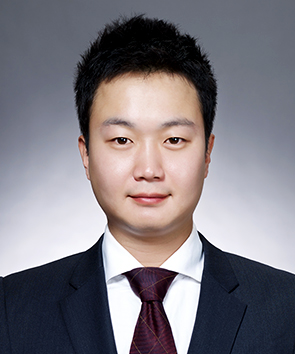Program Information
A New Fabrication Method for Secondary Skin Collimation Using3D Scanner and 3D Printer
J Jung1*, N Potter2 , T Suh3 , C Liu4 , B Lu5 , (1) The catholic university of Korea, Seoul, N/A, (2) ,,,(3) The catholic university of Korea, Seoul, N/A, (4) University Florida, Gainesville, FL, (5) University of Florida, Gainesville, FL
Presentations
TU-H-BRC-1 (Tuesday, August 2, 2016) 4:30 PM - 6:00 PM Room: Ballroom C
Purpose:
Using secondary skin collimation (SSC) to protect the critical organ surrounding the tumors is always desirable for electron and/or ortho-voltage treatments. However, the time-consuming and labor-intensive fabrication processes of current method (manually fabricate the lead mask) restrict the general use of SSC. The aim of this study is to develop a new SSC fabrication method using 3D scanning and 3D printing technologies in order to largely decrease the human labor involvement and fabrication time, also improve the fabrication accuracy.
Methods:
First, the patient surface was scanned with a 3D scanner (Structure Sensor, Occipital, CO). The raw scan data was subsequently transferred to a 3D modeling software (Rhinoceros, Ver. 5.0, McNeel North America, Seattle, WA). The tumor contour was then digitized and shielding region was determined by clinicians in the same software. The corresponding SCC conformed to the skin surface was then automatically generated by the software with the proper shielding thickness. The shell of the SCC (with hollow inside) was consequently printed by a 3D printer (Lulzbot TAZ, Aleph Objects, CO) using plastic material. Finally, the hollow mold of SCC was filled up with a melted cerrobend alloy. Once the cerrobend alloy cooled down, the fabrication of SCC was accomplished.
Results:
The results indicated the proposed method can achieve a much shorter time on making a SCC compared with tradition fabrication method. The processes of making a skin contour model for patients have been eliminated with the new method. SCC created by the new method possessed better accuracy and better conformality to patient’s skin contours.
Conclusion:
In this study, we have demonstrated a new method for the SCC fabrication. It is anticipated that our method can be an alternative way to replace conventional manual-based methods for electron and/or ortho-voltage SCC fabrication.
Funding Support, Disclosures, and Conflict of Interest: This research was supported by the Global Ph.D. Fellowship Program through the National Research Foundation of Korea (NRF) funded by the Ministry of Education (Grant No. 2015H1A2A1034071), Republic of Korea.
Contact Email:

